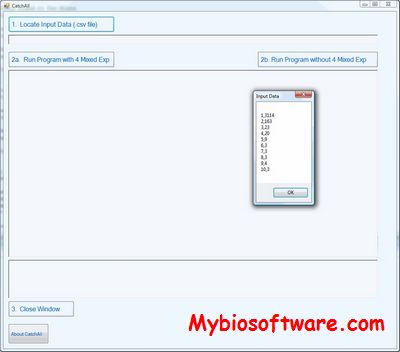Pool-hmm 1.4.2
:: DESCRIPTION
Pool-hmm aims at estimating allele frequencies and detecting selective sweeps, using NGS data from a sample of pooled individuals from the same population.
::DEVELOPER
:: SCREENSHOTS
N/A
:: REQUIREMENTS
- Linux / Windows / MacOsX
- Python
:: DOWNLOAD
:: MORE INFORMATION
Citation
Mol Ecol Resour. 2013 Mar;13(2):337-40. doi: 10.1111/1755-0998.12063.
Pool-hmm: a Python program for estimating the allele frequency spectrum and detecting selective sweeps from next generation sequencing of pooled samples.
Boitard S, Kofler R, Fran?oise P, Robelin D, Schl?tterer C, Futschik A.
